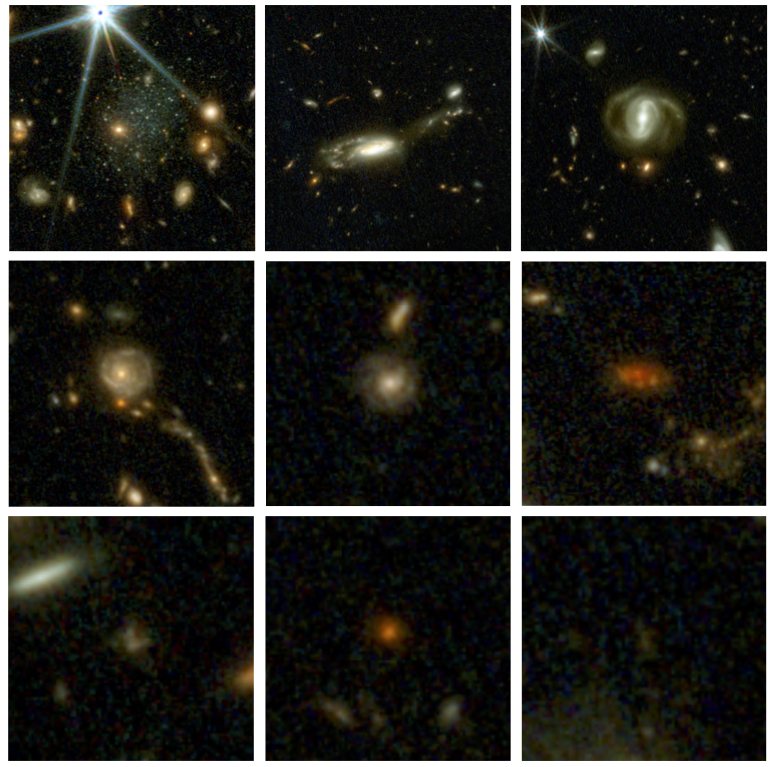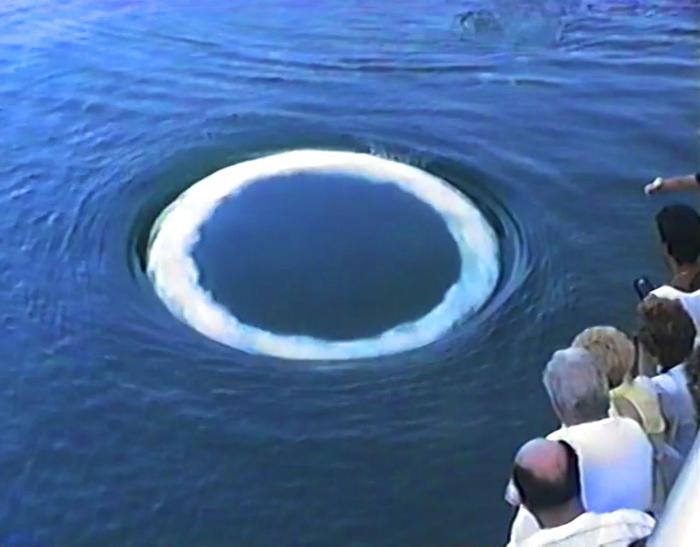Now Reading: Some 800,000 Galaxies Shine in Our Most Complete Map of the Universe Yet
-
01
Some 800,000 Galaxies Shine in Our Most Complete Map of the Universe Yet
Some 800,000 Galaxies Shine in Our Most Complete Map of the Universe Yet

The early cosmos isn’t the easiest to envision. But this June 2025, the team behind the Cosmic Evolution Survey, or the COSMOS collaboration, has made it a bit easier to explore, having released the most complete map of the deep universe to date. Stitched together from thousands of snapshots, the map is called the COSMOS-Web field, and it reveals almost 800,000 galaxies stretching all the way back to the universe’s start.
“Our goal was to construct this deep field of space on a physical scale that far exceeded anything that had been done before,” said Caitlin Casey, a physicist at the University of California, Santa Barbara and one of the co-leaders of the COSMOS-Web team, according to a press release.
Made from images taken by the James Webb Space Telescope (JWST), the map’s data is already available to the public, along with an accessible catalog and an interactive viewer that are open to all to explore. By sharing the data in this way, the team hoped to fuel further discoveries about the early universe. Indeed, the map and its data are already being studied to learn more about the first galaxies, as well as their environments and evolution over time.
Read More: JWST Images Challenge Galaxy Formation Theories
Time Traveling to the Deep Universe
When the JWST started its operations, the COSMOS-Web team was eager to harness its power to peer into the deepest parts of the universe. The researchers were hoping to see the earliest galaxies, as well as the general environment around those galaxies, better than ever before.
“We wanted to go beyond finding the most distant galaxies,” Casey said. “We wanted to get that broader context of where they lived.”
The COSMOS-Web field looks back billions of years, almost all the way to the birth of the universe. The earliest galaxies in the image appear as they did around 13.5 billion years ago, or approximately 0.3 billion years after the Big Bang, as that’s how long their light has taken to reach the JWST. That means that the map, which was compiled from around 10,000 JWST images, spans around 98 percent of the cosmos’ lifetime.
According to the team, the images are already starting to raise questions, showing more early galaxies than expected. “Since the telescope turned, on we’ve been wondering,” Casey said. “‘Are these JWST datasets breaking the cosmological model?’” The maps seems to suggest, for instance, that around a billion solar masses of stars appeared in these early stages of the cosmos — something that’s not explained in current models of the universe’s evolution.
“We just do not know how to make that happen,” Casey said. “So, lots of details to unpack, and lots of unanswered questions.”
Read More: How the James Webb Space Telescope Takes Such Stunning Pictures
Deep Universe Accessibility
The team aims to find answers, which is why it made the map and its data available to all. The researchers’ intention was that their work would be used by teams around the world to learn more about our universe.
“A big part of this project is the democratization of science and making tools and data from the best telescopes accessible to the broader community,” Casey said.
The JWST images that were combined to create the map were taken over the course of more than 250 hours of observation, making the map one of the largest projects from the telescope yet. The raw datasets were released to the public in shortly after their collection, though they weren’t really usable to those without special training and supercomputers in their original form. As such, the COSMOS-Web team worked to create more accessible catalogs and images that would allow more people to explore the map, together and on their own.
“The best science is really done when everyone thinks about the same data set differently,” Casey said. “It’s not just for one group of people to figure out the mysteries.”
Of course, the COSMOS-Web team is still studying the map, too, looking for new insights into the early universe. “We think we have identified the earliest galaxies in the image, but we need to verify that,” Casey said. “There’s a lot left to learn, and we’re just beginning to scratch the surface.”
Read More: Why Do The Stars Look Pointy in Images From the James Webb Space Telescope?
Article Sources
Our writers at Discovermagazine.com use peer-reviewed studies and high-quality sources for our articles, and our editors review for scientific accuracy and editorial standards. Review the sources used below for this article:
-
COSMOS. COSMOS-Web
-
COSMOS-Web DR1. Interactive Map Viewer
Sam Walters is a journalist covering archaeology, paleontology, ecology, and evolution for Discover, along with an assortment of other topics. Before joining the Discover team as an assistant editor in 2022, Sam studied journalism at Northwestern University in Evanston, Illinois.





















